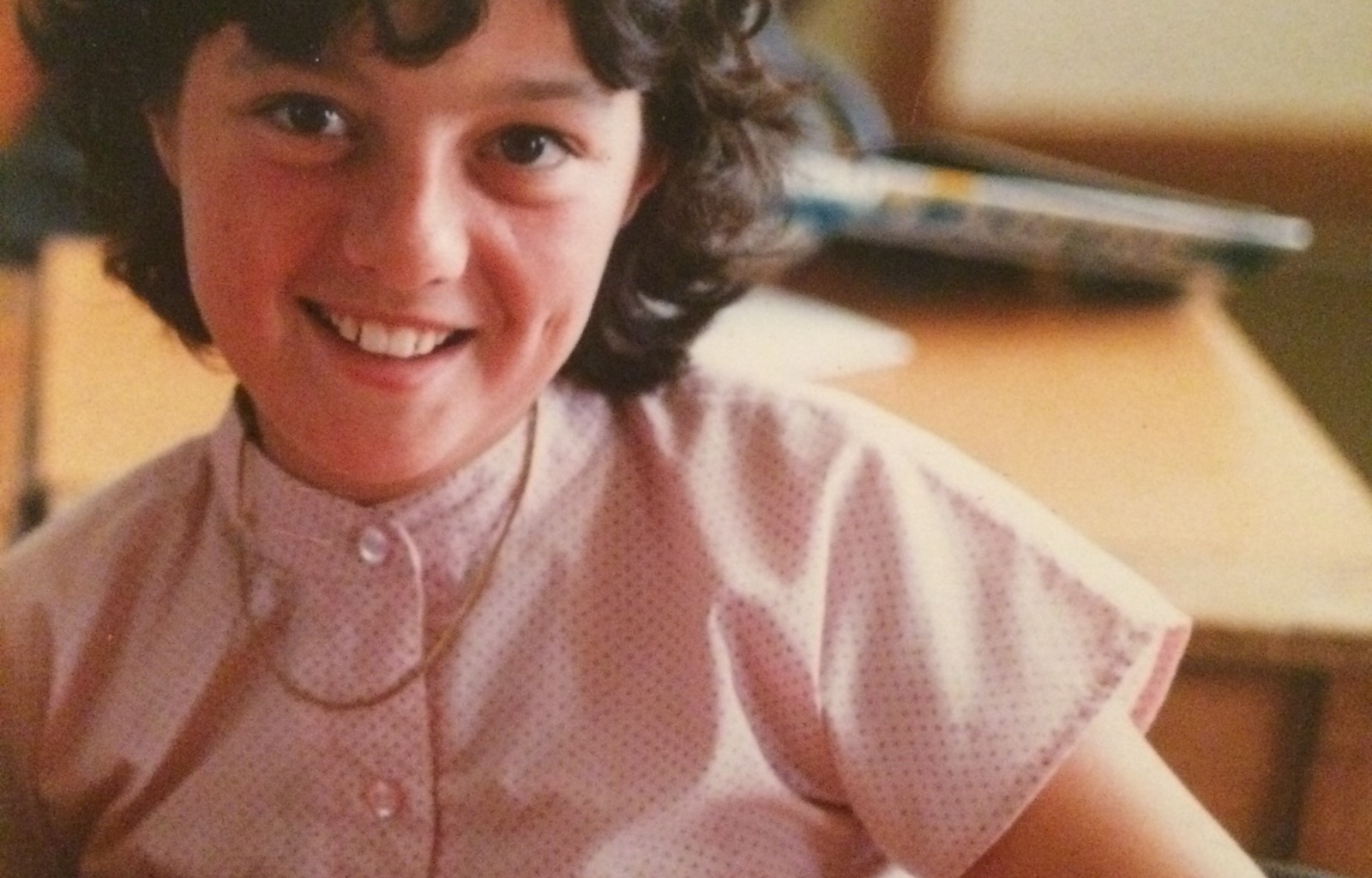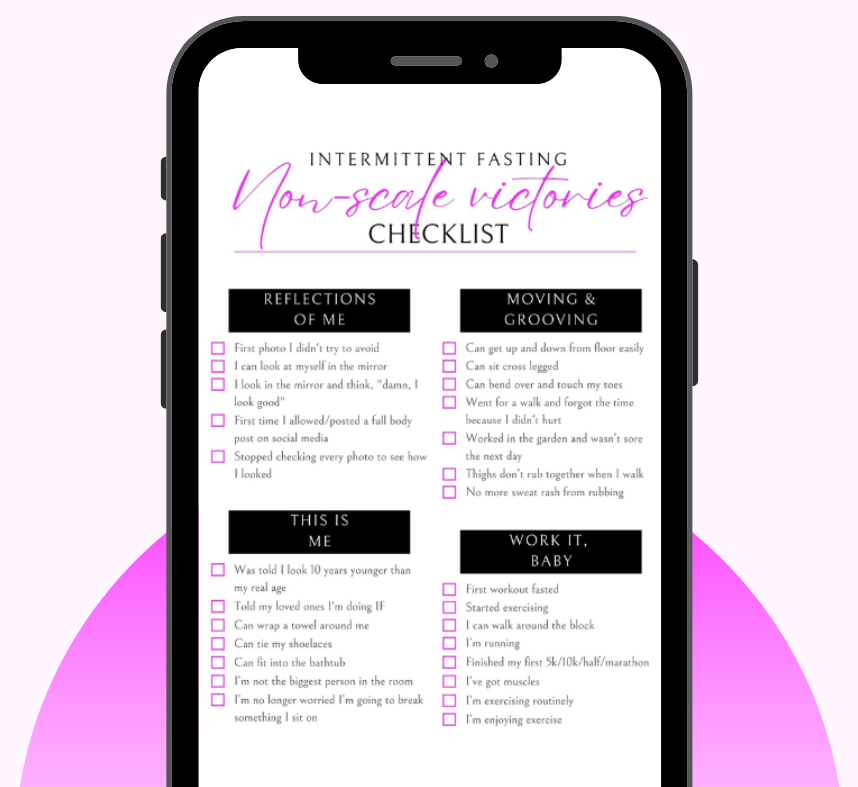Your cart is currently empty!
Nicknames that wound and the power to heal

As children, we’re often given nicknames, sometimes endearing, sometimes not. These names can seem harmless, even cute, at the time. However, what happens when these seemingly innocent labels take root in our subconscious, shaping our beliefs and behavior in profound ways?
I still remember the sting of “Piggy Muldoon.” A childhood nickname, gifted by an extended family member. I despised it, associating it with being chubby. I wasn’t overweight as a child, but I started believing that being fat was an intrinsic part of who I was. As puberty reshaped my body, I accepted the weight gain as part of myself, unknowingly allowing this label to gradually seep into the core of my self-image.
It wasn’t until later in life that I realized the damaging power of this internalized narrative. I had allowed a childhood nickname to dictate my beliefs about myself, leading to years of struggle and self-doubt as I battled with my weight.
We don’t choose these labels, especially as children navigating the complexities of identity. But they can become anchors, shaping our beliefs and behavior in profound ways. My story isn’t unique, and it’s not about wallowing in negativity. It’s about empowerment.
Our stories are not fixed. We’re not defined by the labels others give us, especially not those formed during our most impressionable years. Our subconscious mind is a recording, playing back on repeat beliefs and interpretations (or misinterpretations) of events that were programmed into us at a young age. The good news is that we have the power to reprogram that recording.
Through neuroplasticity, we can forge new neural pathways, reshaping our thought patterns and ultimately, our lives. Those names let other people control our future, our path and limit our thinking. It’s a process that requires time and effort, but it’s entirely possible to let go of the old narratives that don’t serve us and write a new story for ourselves.
It starts with identifying the labels we’ve internalized. What name, remark, or experience shaped your self-perception? How did it make you feel then? Explore how it defined your thoughts and actions.
Next, acknowledge the emotions it still evokes. How does it make you feel now? Recognize the ways in which those feelings have influenced your life. Are there limiting beliefs that are holding you back from realizing your full potential? Imagine life without those beliefs. How would you feel, behave, and live differently?
By recognizing these internalized labels, you can begin the process of letting go and rewriting the script of your life. Think of your future unburdened by the weight of past perceptions, free to embrace the boundless possibilities of who you can become.
Write your new story. Craft a vision of yourself free from the label’s hold. This is not a distant dream but a tangible reality within reach. Close your eyes, feeling the feelings the names bring up in you and then watch those feelings float away like leaves on the wind, dropping off a cliff, or dispersing into thin air.
It’s a process that requires patience and persistence. Be gentle with yourself as you work to release the grip of those old beliefs and rewrite your story. With dedication and self-compassion, you can reclaim your identity and forge a new path forward—one that is defined not by the names someone else gave you, but by the strength and resilience of your own spirit.
In the end, we are not defined by the names others give us, but by the stories we choose to tell ourselves. So, dare to rewrite your story. Dare to reclaim your truth. The time for transformation is now.

Get your 180 non-scale victories checklist
Are you tired of feeling trapped by the numbers on the scale? It’s time to shift your focus and discover the victories that truly matter on your wellness journey.
